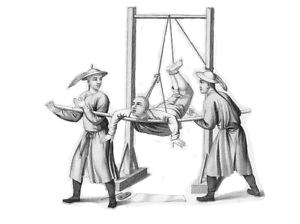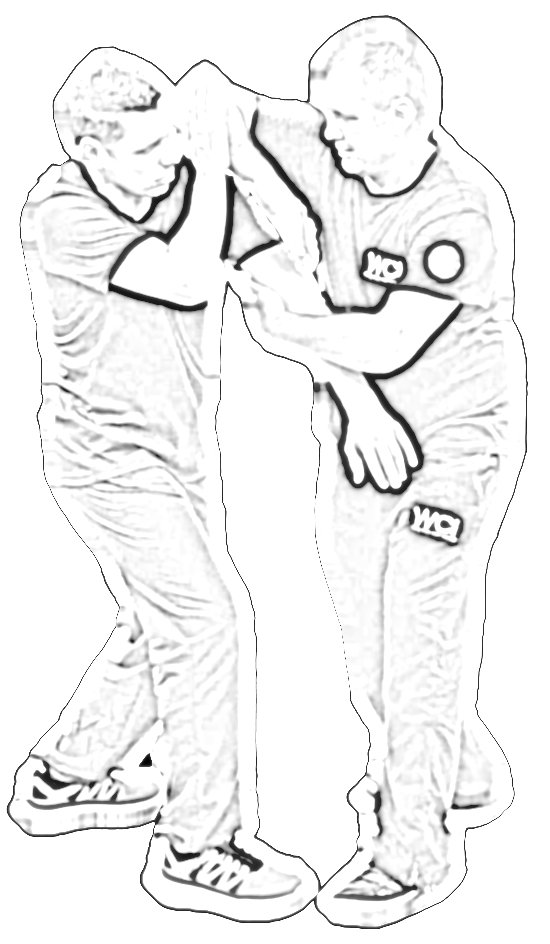History Of Wing Chun
Origins
Wing Chun Kung Fu originated in a period of civil war from the Siu Lam temple. The Siu Lam temple was not only used for its religious purposes but also for hiding anti Qing revolutionaries (criminals) from the military. Because of this and also due to a fear of the monks fighting skills, the Manchurian decided to react by using insiders to burn down the temple and kill all inside.It was said that the five elders of the temple escaped (and are often written about in Chinese history as ‘the venerable five’).

Period that marked the transition between the Ming and Qing Dynasties. The rebellious Shaolin monks were hunted down and killed, and the temples burned to the ground. Kung Fu masters who managed to escape death fled into exile or went into hiding. They trained in secret, inventing new ways to fight the Qing soldiers and exploit weaknesses in their battlefield tactics. One of the fighting systems that emerged from this conflict was a very direct, short-range system that came to be known as Wing Chun.

As the system began to spread, legends about its origin were told. Some historians argue that these legends are nothing but fanciful mythology, while some Kung Fu masters claim they are the gospel truth. All these legends have been passed from teacher to student as an oral history rather than through written document therefore it is practically impossible to confirm the story of Wing Chun's creation.
Story
During the reign of Emperor Jiaqing (1796-1820), Kung Fu masters who opposed the Qing Dynasty were hunted down and murdered. One master of Shaolin Kung Fu was Yim Yee, who fled from Quanzhou in Fujian province to take refuge with his family in Liancheng, living as a tofu merchant. Yim Yee had a daughter named Yim Wing Chun who had secretly trained in Kung Fu with her father since early childhood. As a teenager, Yim Wing Chun had fallen in love with Leung Bok Chau. Before they could be married, however, Yim Wing Chun caught the eye of a local warlord. She rebuffed his advances until he made a startling offer: he would rescind his marriage proposal if she could beat him in a fight. Yim Wing Chun agreed, and her father negotiated for training time. The warlord gave her until the following spring to prepare for the fight, and to become his bride.

News of Yim Wing Chun's predicament spread throughout the small village, and soon she was approached by an older woman whom she had befriended at the tofu shop. The woman revealed that her name was Ng Mui and that she was one of the Shaolin Five Elders who had managed to escape the burning of the temple. She knew that the tiny, young Wing Chun was no match for the fierce warlord, but she had a plan. Ng Mui had been using her time in seclusion to synthesise a new fighting system out of the Snake and Crane styles of Shaolin Kung Fu to better suit a woman or other fighter who did not have the advantage of size and strength. She began to train Wing Chun in this new style, concentrating only on the essential elements that could be absorbed in a few months instead of a few years.


By the time the warlord returned the following spring, Yim Wing Chun was ready. In front of the entire village, she demonstrated a type of Kung Fu that had never been seen before. She used the warlord's mass and strength against him, flowing around his attempts to strike or grab her. Despite a weight difference of nearly a hundred pounds, she threw her entire body weight into specific targets that broke the warlord's balance and left him vulnerable to repeated strikes. Warlord was defeated. Yim Wing Chun was able to marry her true love, Leung Bok Chau, and true to the custom of that time, passed on her Kung Fu knowledge to him. Since then Wing Chun Kung Fu was passed from one generation to another but always kept within closest family members.

First person that started openly teaching Wing Chun in full time school was Grand-master Yip Man. Yip Man decided to break tradition by teaching openly (but only to Chinese students). One of his students was a young man named Jun Fan (Bruce Lee).





